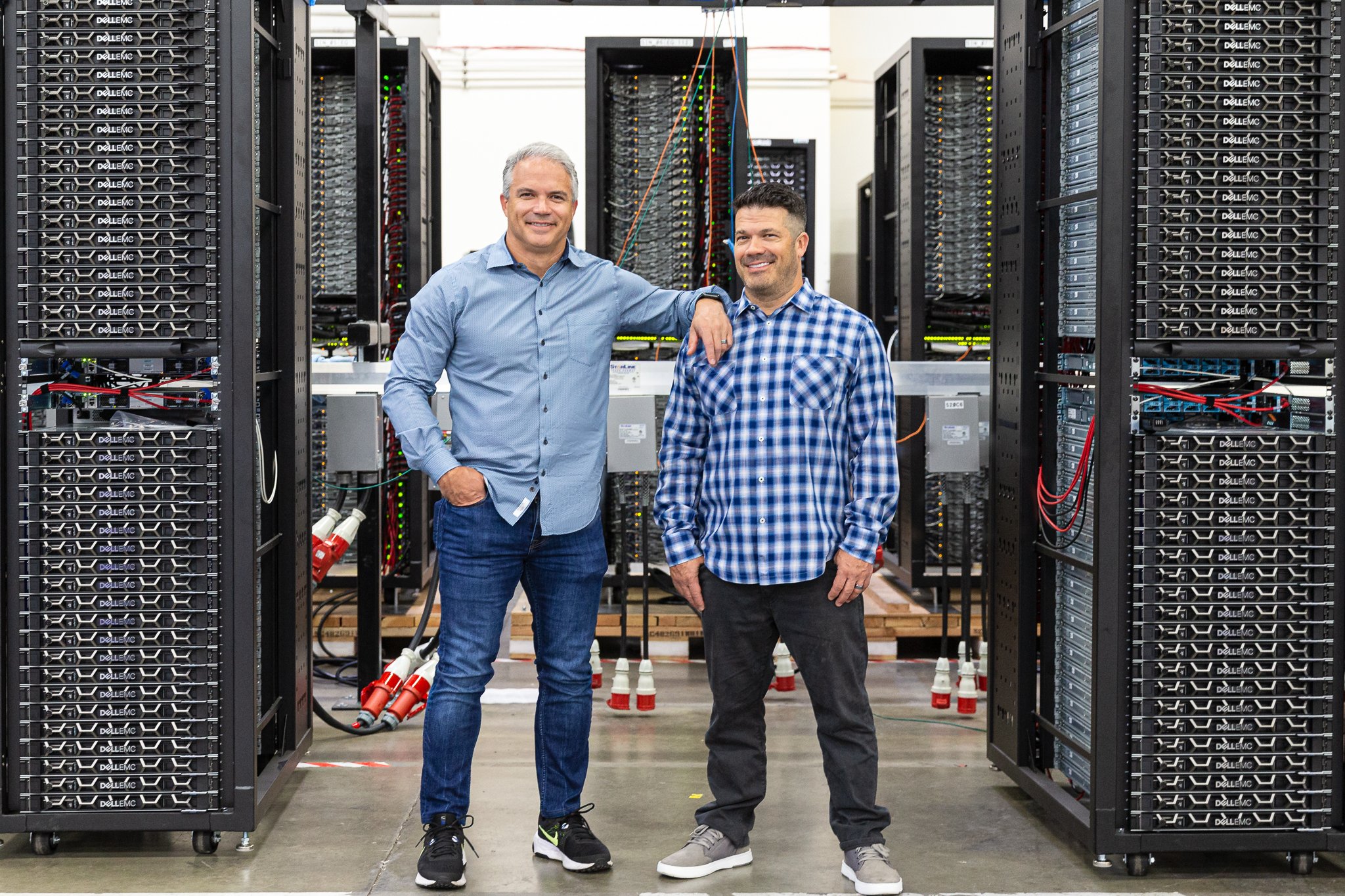Before we dig into how SUSE Harvester can simplify the management of hyper-converged infrastructure (HCI), it’s a good idea to define just what HCI is.
At a high level, it’s the idea—and practice—of using all of your organization’s infrastructure holistically rather than dedicating part of it to specific purposes.
For example, the traditional architecture is built around having a dedicated storage hardware in your stack, along with a second rack of compute servers to run applications.
As long as these two racks are networked properly, this setup works fine. But working fine doesn’t mean working at your most efficient, which is where hyper-converged architecture comes in.
With HCI, those two same racks of hardware both provide compute and storage. The benefits of this approach include:
- Reduced performance bottlenecks from storage being as close to compute as possible
- Greater visibility into everything running through your environment
- The possibility of reducing the overall costs of your infrastructure
Still, despite these and other benefits, the process of implementing HCI is not without its challenges. Namely, it means changing how your infrastructure is monitored.
That’s where SUSE Harvester comes in.
 One tool for hyper-convergence
One tool for hyper-convergence
SUSE Harvester has been designed for one specific purpose: to help simplify hardware stacks.
To that end, it integrates with SUSE Rancher so that deploying and managing virtual machines and containerized clusters is greatly simplified. With SUSE Harvester, you can:
- Import and directly manage clusters through SUSE Rancher’s Virtualized Management page
- Utilize all of SUSE Rancher’s features, including authentication and role-based access control
- Integrate new technology across your stack and futureproof your infrastructure
Just like SUSE Rancher, the platform is open source, meaning you’re able to avoid costly lock-ins on proprietary HCI technology.
SUSE Harvester is also built on cloud-native solutions, utilizing off-the-shelf commodity hardware components—further reducing costs.
Finally, it’s an ideal solution for edge deployments, since it allows you to simply have unprovisioned hardware at the edge that can be powered on and automatically provisioned.
But it’s perhaps on the all-important visibility front where SUSE Harvester really shines as a solution. Managing and monitoring environments is always a complex process, and when hardware is no longer dedicated to specific purposes, that complexity only intensifies.
With SUSE Harvester, you can have one single console to monitor and manage all the traffic running through your HCI. This not only simplifies your operations, it reduces your dependency on other, often proprietary, tools within your overall stack.
 Getting started with HCI and SUSE Harvester
Getting started with HCI and SUSE Harvester
HCI is not for every organization. Some will have concerns about the realities of combining different types of workloads into a confined space, such as increased power requirements and potential compatibility issues.
But if your organization is looking to simplify its deployments, cut down on infrastructure costs, and generally do more while paying less on hardware, HCI is worth exploring.
And if you do decide to make the shift to HCI for your stacks, SUSE Harvester is the perfect solution to bring into your organization’s fold. Not only is it free to use, it makes monitoring and managing your HCI environments from core to edge much simpler.
To learn more about hyper-converged infrastructure or SUSE Harvester, schedule some time to talk with our experts.














